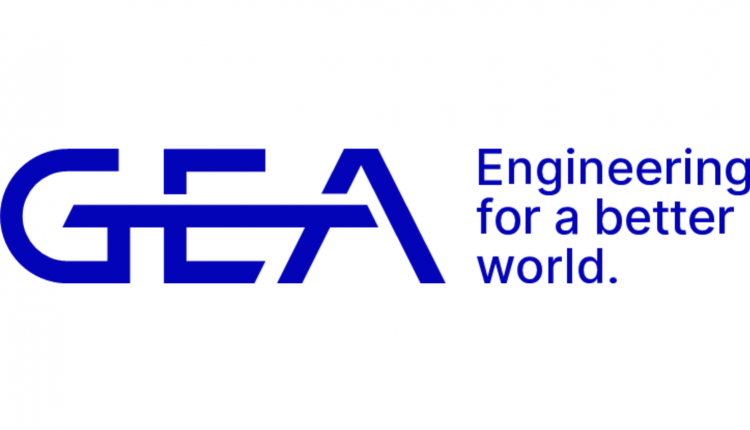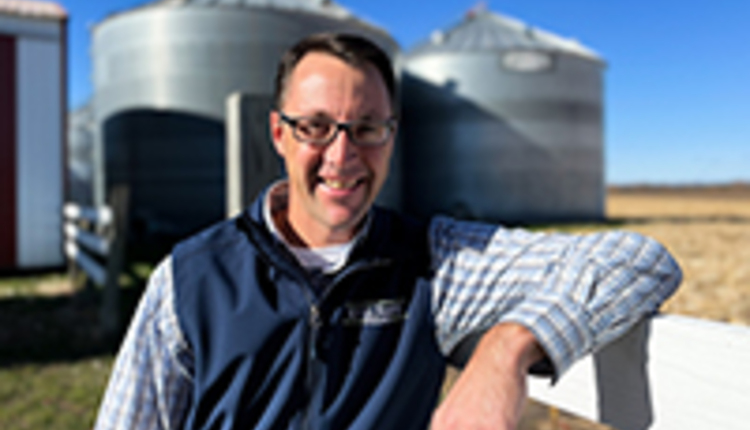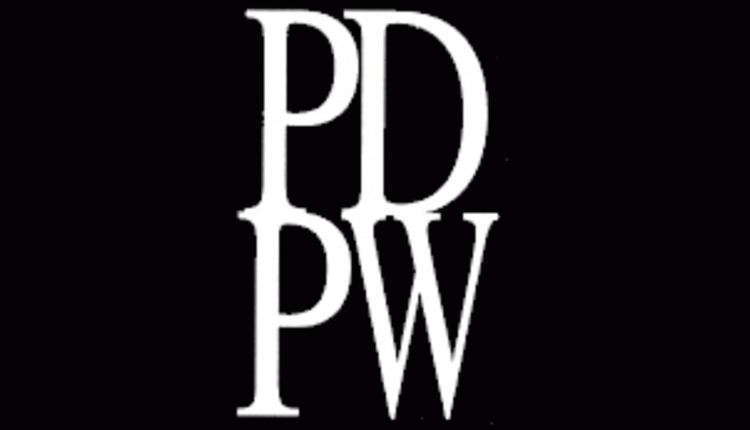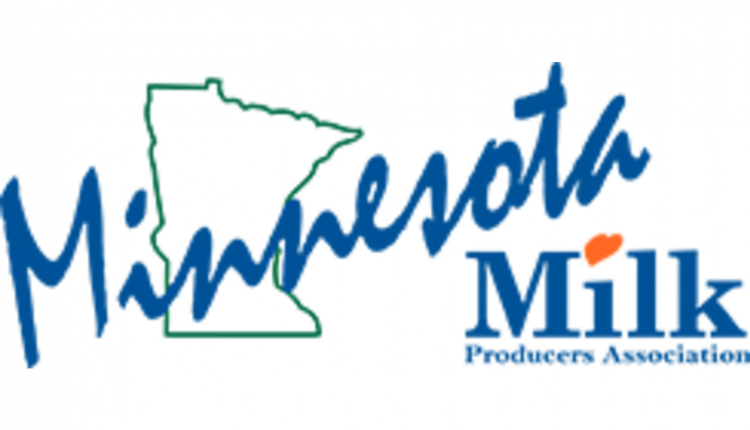The information below has been supplied by dairy marketers and other industry organizations. It has not been edited, verified or endorsed by Hoard’s Dairyman.
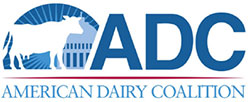
“Let’s stop blaming cows and stand up for calculating the right methane magnitude by using the GWP*,” says Laurie Fischer, ADC CEO.
“Cows are not cars. Their methane metric matters,” she states.
In a webinar as part of ADC’s virtual annual meeting on December 6, Dr. Frank Mitloehner talked about some of these differences.
For starters, Fischer points out, plants capture carbon energy from the air, and cows consume and convert this energy to nutrient-dense human food. The biological process that enables them to do this recycles some of this energy back into the air in the form of methane, which is also destroyed back to carbon in the atmosphere, and this cycle is repeated.
“We need to make sure these differences are part of the metrics that are going to be used to do climate impacts or GHG accounting on dairies in the future,” she says. “The cows are basically recycling existing atmospheric carbon in the process of producing food. The methane they emit replaces methane being destroyed at the same time in the atmosphere, so it’s already offset if national herd numbers are roughly the same. On the other hand, every mile we drive a car burns carbon that came from underground, putting new carbon into the air. That’s a whole different story, and I’m not sure the cows are getting a fair shake in how it’s all figured out.”
Fischer notes that around 60 people, mostly dairy farmers, attended the webinar. For those who didn’t, ADC released this summary so more farmers can be updated to understand why the goal and the metrics matter.
Pinned to the top of his twitter-feed at @GHGguru is the Albert Einstein quote: “Those with the privilege to know have the duty to act.”
Dr. Frank Mitloehner has the knowledge, and he demonstrates the courage to act. As an animal science professor, air quality specialist, and director of the CLEAR Center at the University of California-Davis, he and his colleagues pursue important work at the intersection of livestock and climate.
He brought dairy farmers up to date during American Dairy Coalition’s annual meeting by webinar on Tuesday, December 6, referencing a new study co-authored with Dr. Sara Place and published in the Journal of Dairy Science.
The peer-reviewed study calls for the U.S. dairy industry to aim for climate neutrality (net-zero warming) rather than net-zero carbon or net-zero GHG.
The paper, a summary and other resources are available at https://clear.ucdavis.edu/news/new-paper-clear-center-charts-pathway-climate-neutrality-us-dairy
It outlines a path for the U.S. dairy industry to reach climate neutrality by 2041 with small methane reductions every year, and sooner with more aggressive reductions.
It explains how “climate neutrality is analogous to net-zero carbon when dealing with long-lived greenhouse gases such as carbon dioxide, but short-lived pollutants like methane do not need to reach net-zero carbon to be climate-neutral.”
An important take-home message from the ADC webinar is for dairy farmers to understand how methane’s global warming potential (GWP) is quantified. “Whether you use GWP100 or GWP* will have a profound impact on the predicted warming of your industry. The only way you can become climate neutral is by using a metric fit-for-purpose, one that predicts the warming, and that is GWP*,” said Mitloehner.
Methane is an important and powerful greenhouse gas (GHG), but it is different from other gases because it undergoes atmospheric removal in a natural chemical process that takes about a decade. This does not occur for carbon dioxide or nitrous oxide, which remain in the earth’s atmosphere for 1000 and 100 years, respectively.
“Methane is the most important gas for animal agriculture, and this atmospheric removal is currently not being considered when we use GWP100,” said Mitloehner.
The paper explains that “GWP100 quantifies the warming potential of a gas over the course of 100 years relative to carbon dioxide.” This metric has been around since the 1990s, but it describes stock gases, whereas methane is a flow gas.
GWP* is a newer metric developed at the University of Oxford that right-sizes the magnitude. It is based on GWP100 but adjusted for methane as a flow gas that is short-lived, expressed as CO2 warming equivalents (CO2we), not as accumulating stocks of CO2 equivalents (CO2e).
“If we use GWP100 to describe a relatively constant source, to characterize that methane, then we are overblowing its impact by a factor of 4, and we are overlooking the ability for the U.S. dairy industry to reduce warming when we reduce methane,” said Mitloehner, noting the Intergovernmental Panel on Climate Change (IPCC) stated this on page 123 of its AR6.
Dr. Mitloehner walked through the math, using a Global Methane Budget showing all global sources emit 560 million metric tons (MMT) on the left, while total sinks remove 550 MMT on the right, of which 515 are removed by this chemical reaction in the atmosphere.
“The net is 10 MMT. This is still a number we seek to reduce, but one that is drastically different from 560. Is this new additional carbon being added to the atmosphere? Do constant herds add new warming? No, they do not,” he said. “This removal must be counted, and GWP* does that.”
Plus, the carbon in belched methane, the ‘c’ in the CH4 emitted by cattle, is different in its source and pathway. Already present in the atmosphere, this carbon energy is captured by plants, consumed by cows, and used as a carbohydrate converted to milk yield, components, and beef. Some of this carbon energy goes to methane as part of the rumen microbial biology of the cow that allowed her to digest the plants and convert the energy to nutrient-dense food in the first place.
The point is: This carbon originated in the atmosphere. As a ‘biogenic’ energy source, it is utilized and recycled in this manner. This is not ancient carbon brought out of the ground and into the atmosphere. It is not cumulative.
“You see a cycle on the right side and a one-way street on the left side. Do not fall for the people comparing cars versus cows,” said Mitloehner.
The 2021 IPCC AR6 also recognized this difference, stating on page 122: “For methane and hydrocarbons from fossil sources, this will lead to additional fossil CO2 in the atmosphere, whereas for biogenic sources of methane or hydrocarbons (e.g. cows), this replaces CO2 that has been recently removed from the atmosphere.”
“What is exciting is if you reduce methane, you can come to a point where you produce negative warming or a cooling effect. That’s what my work is about. If we do a couple of things to reach no new warming, and then get aggressive to go further, we can offset,” said Mitloehner.
For example, emerging feed additives hold the promise of reducing belched methane by 10 to 30%. CLEAR Center research shows the potential to increase animal performance at the same time – suggesting even more of the consumed carbon energy can be directed to milk and components and less to methane.
Innovations are important, but at the same time, Mitloehner said “Your cows will never stop belching. You will never achieve climate neutrality with GWP100 (as the metric). Net zero carbon also is not possible (for methane), and it is not needed.”
The good news, said Mitloehner, is that “GWP* can be used parallel to GWP100 because GWP* is a more scientific predictor of what dairy can do to bend the curve and how strongly. It also helps define the goalpost, that is to not cause additional warming.
To learn more about American Dairy Coalition and what the organization is prioritizing to give dairy farmers a voice in their futures, sign up for the e-newsletter at http://www.americandairycoalitioninc.com/industry-news.html or contact ADC by email at info@americandairycoalitioninc.com.
